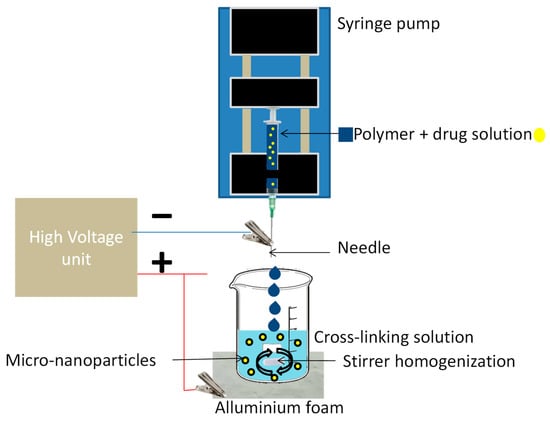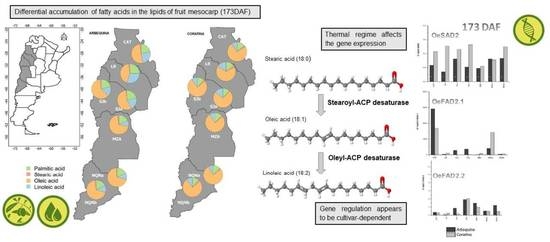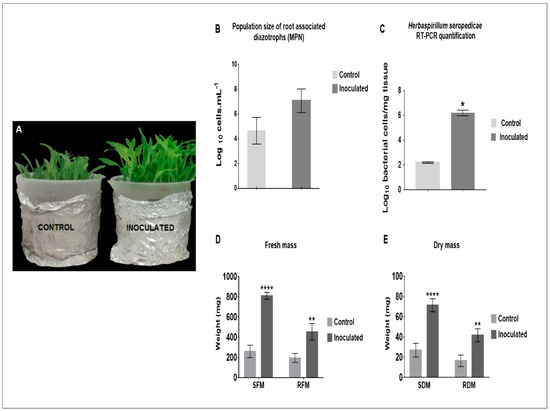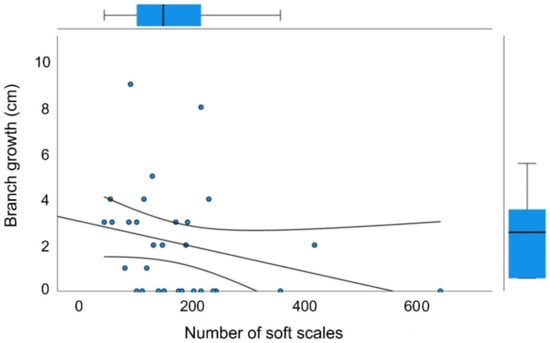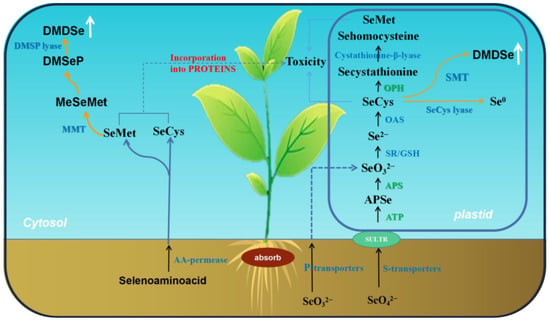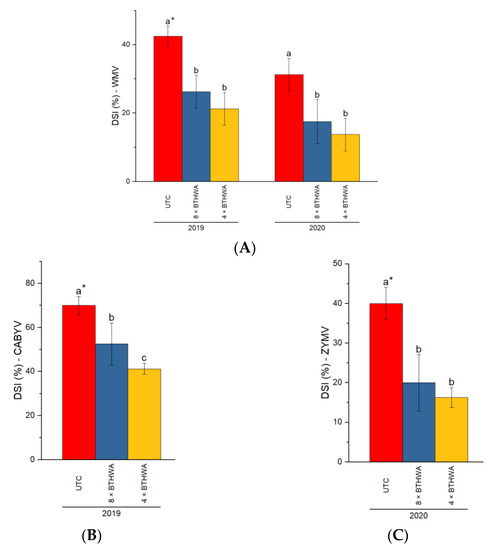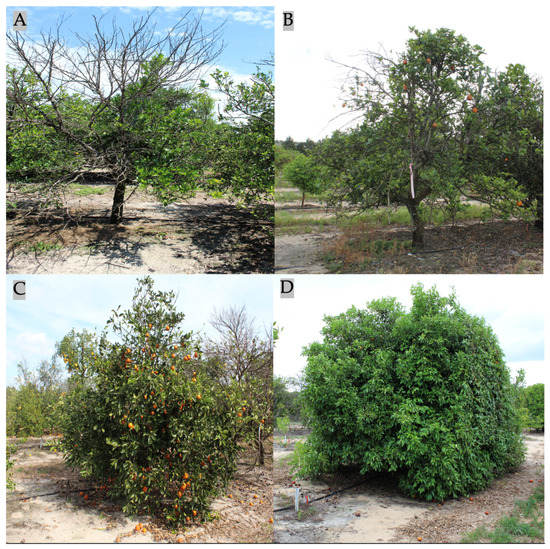1
Division of Horticultural Biotechnology, Hankyong National University, Anseong 17579, Republic of Korea
2
College of Pharmacy and Research Institute of Pharmaceutical Sciences, Gyeongsang National University, Jinju 52828, Republic of Korea
3
Division of Life Sciences, Korea Polar Research Institute, Incheon 21990, Republic of Korea
4
Department of Biochemistry and Molecular Biology, Department of Biomedical Sciences, Seoul National University College of Medicine, Seoul 03080, Republic of Korea
5
Plant Systems Engineering Research Center, Korea Research Institute of Bioscience and Biotechnology (KRIBB), 125 Gwahak-ro, Yuseong-gu, Daejeon 34141, Republic of Korea
6
Department of Crop Science, Chungbuk National University, Cheongju 28644, Republic of Korea
7
Institute of Genetic Engineering, Hankyong National University, Anseong 17579, Republic of Korea
Plants 2023, 12(1), 56; https://doi.org/10.3390/plants12010056 - 22 Dec 2022
Cited by 4 | Viewed by 2904
Abstract
We generated an orange-colored (OC) rice callus line by targeted mutagenesis of the orange gene (OsOr) using the CRISPR-Cas9 system. The OC line accumulated more lutein, β-carotene, and two β-carotene isomers compared to the WT callus line. We also
[...] Read more.
We generated an orange-colored (OC) rice callus line by targeted mutagenesis of the orange gene (OsOr) using the CRISPR-Cas9 system. The OC line accumulated more lutein, β-carotene, and two β-carotene isomers compared to the WT callus line. We also analyzed the expression levels of carotenoid biosynthesis genes by qRT-PCR. Among the genes encoding carotenoid metabolic pathway enzymes, the number of transcripts of the PSY2, PSY3, PDS, ZDS and β-LCY genes were higher in the OC line than in the WT line. In contrast, transcription of the ε-LCY gene was downregulated in the OC line compared to the WT line. In addition, we detected increases in the transcript levels of two genes involved in carotenoid oxidation in the OC lines. The developed OC lines also showed increased tolerance to salt stress. Collectively, these findings indicate that targeted mutagenesis of the OsOr gene via CRISPR/Cas9-mediated genome editing results in β-carotene accumulation in rice calli. Accordingly, we believe that this type of genome-editing technology could represent an effective alternative approach for enhancing the β-carotene content of plants.
Full article
(This article belongs to the Special Issue Trends and Prospects of Genetic and Molecular Research in Plant)
▼
Show Figures


